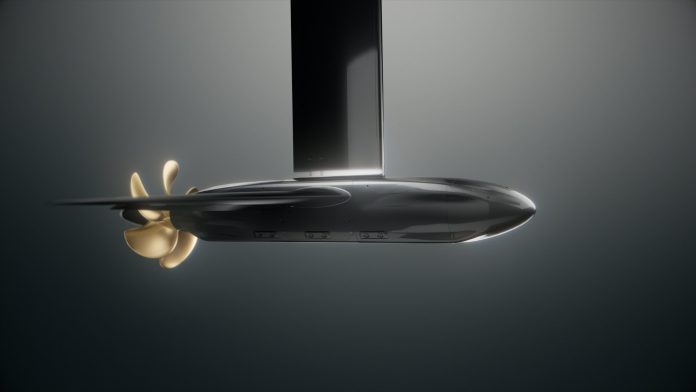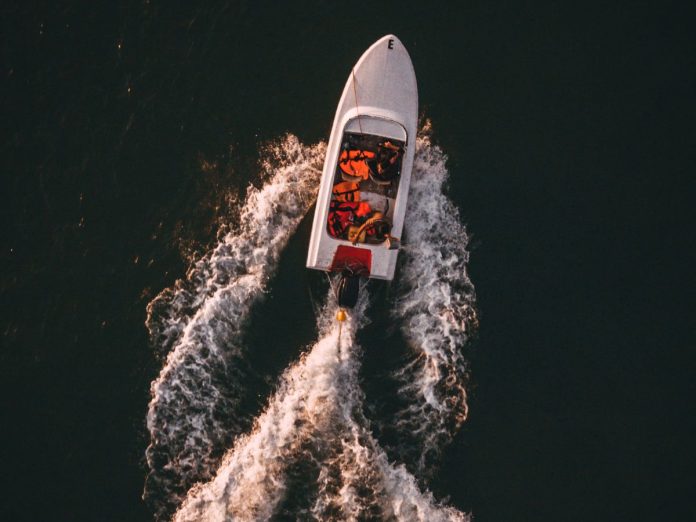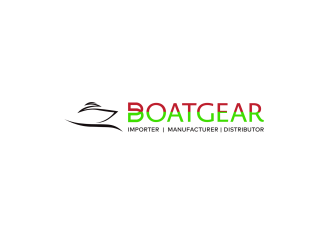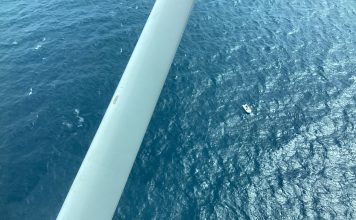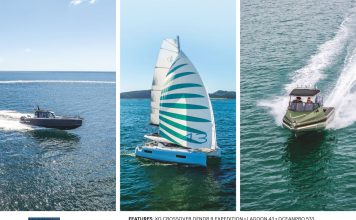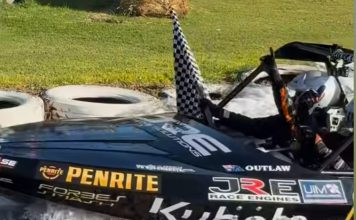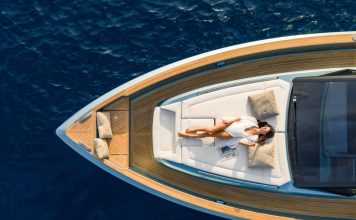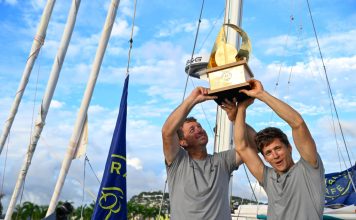Tucked away near the Tāmaki Estuary, Auckland-based Vessev is quietly redefining the way boats are built—and how they perform. Boating New Zealand was invited for a behind-the-scenes factory tour to see how this fast-evolving marine technology firm is preparing to scale up production and rethink vessel design from the ground up.
You might know Vessev for their distinctive hydrofoiling electric boats. But behind the on-water performance lies a blend of thoughtful design, composite wizardry, and modular thinking that’s setting the stage for a new generation of commercial and leisure craft. We left the visit impressed—not just by the tech, but by the company’s drive to make performance vessels both accessible and serviceable.
From prototypes to production
Vessev’s early boats were, by their own admission, more pieces of artwork than production machines. Hand-built using temporary tooling made from MDF and lined with Teflon, each component had a bespoke quality—necessary in early development but unsustainable for scaling.
That’s changing fast.
The company is now transitioning to high-quality carbon moulds, including full-length tools for the hull and topsides. These will allow repeatable, high-finish parts to be produced with consistency. The factory is being reshaped around this process, with plans for a five-cell assembly line that can complete boats in five-week cycles. Vessev’s team expects this to dramatically accelerate production capability.
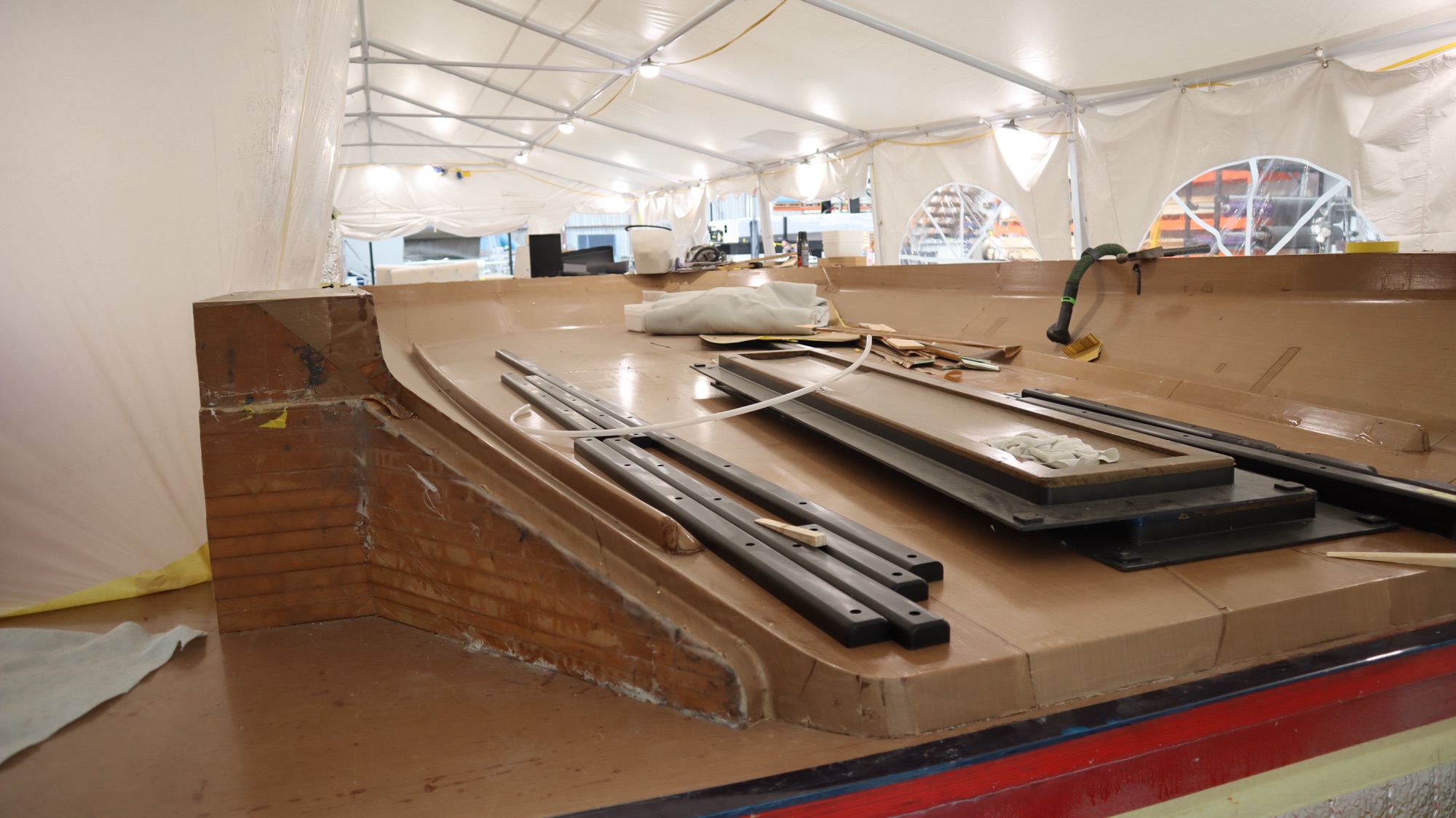 Massive molds create the hull and upper sides of the boat, firstly built as concept testers which produce only a few parts each, and once proven a final mold is created for long term re-use // Photo credit: Boating New Zealand
Massive molds create the hull and upper sides of the boat, firstly built as concept testers which produce only a few parts each, and once proven a final mold is created for long term re-use // Photo credit: Boating New Zealand
“The next ones, we’re manufacturing,” CEO Eric Laakmann (not to be confused with the architect of the same name) explained during the tour. “We’re moving from craftsmanship to consistency.”
Precision in carbon and steel
Every part of the boat has been scrutinised for efficiency, strength and maintainability. The foils—particularly the front ‘Pi Foil,’ named for its shape—are a standout example. Built from carbon fibre with steel junctions for critical interfaces, they’re engineered for both performance and practical servicing.
The lifting surfaces taper outwards to reduce tip drag, focusing the most efficient lift in the central sections. The foils are modular too: each element can be unbolted, disassembled and replaced. It’s an aircraft-style approach to marine design—serviceable, swappable and logically constructed.
And if something does go wrong? There’s a QR code on the actuator body that links directly to repair instructions. No proprietary apps, no complex diagnostics—just practical, mechanic-friendly guidance.
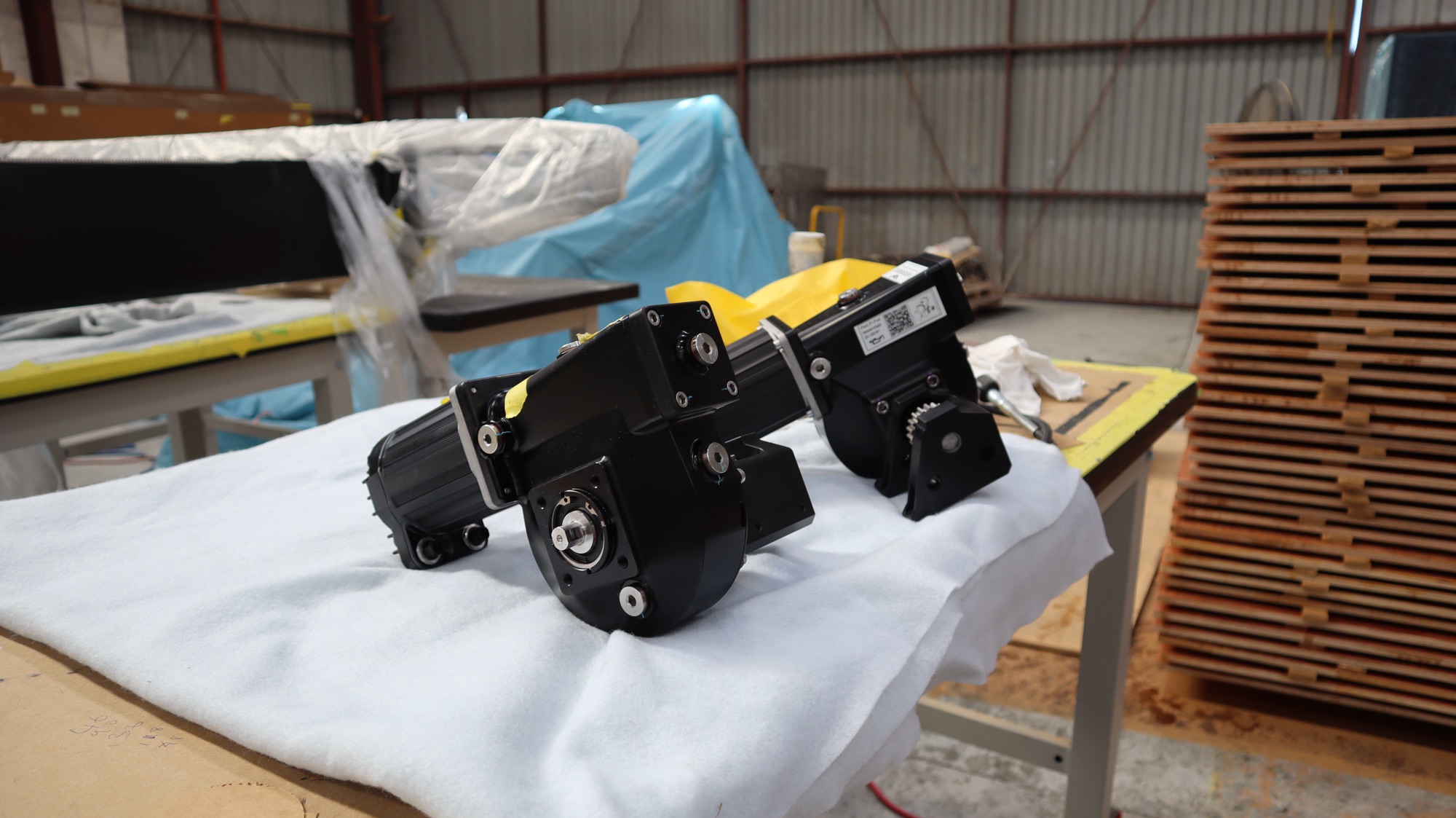
Each of the actuators has a QR code so Vessev owners are able to quickly identify the part to find detailed support and maintenance information // Photo credit: Boating New Zealand
Smart systems, simpler fixes
One of Vessev’s standout philosophies is its approach to control systems. Current boats use a centralised PLC to manage everything from foil trim to propulsion, but future models will adopt a distributed ECU layout. Each foil strut will have its own ‘brain,’ making wiring simpler and upgrades more modular.
This shift not only reduces complexity in cabling and system integration, but also improves resilience. “If we update the software or change computing platforms,” says Laakmann, “as long as it speaks the same language, the rest of the boat doesn’t need to know the difference.”


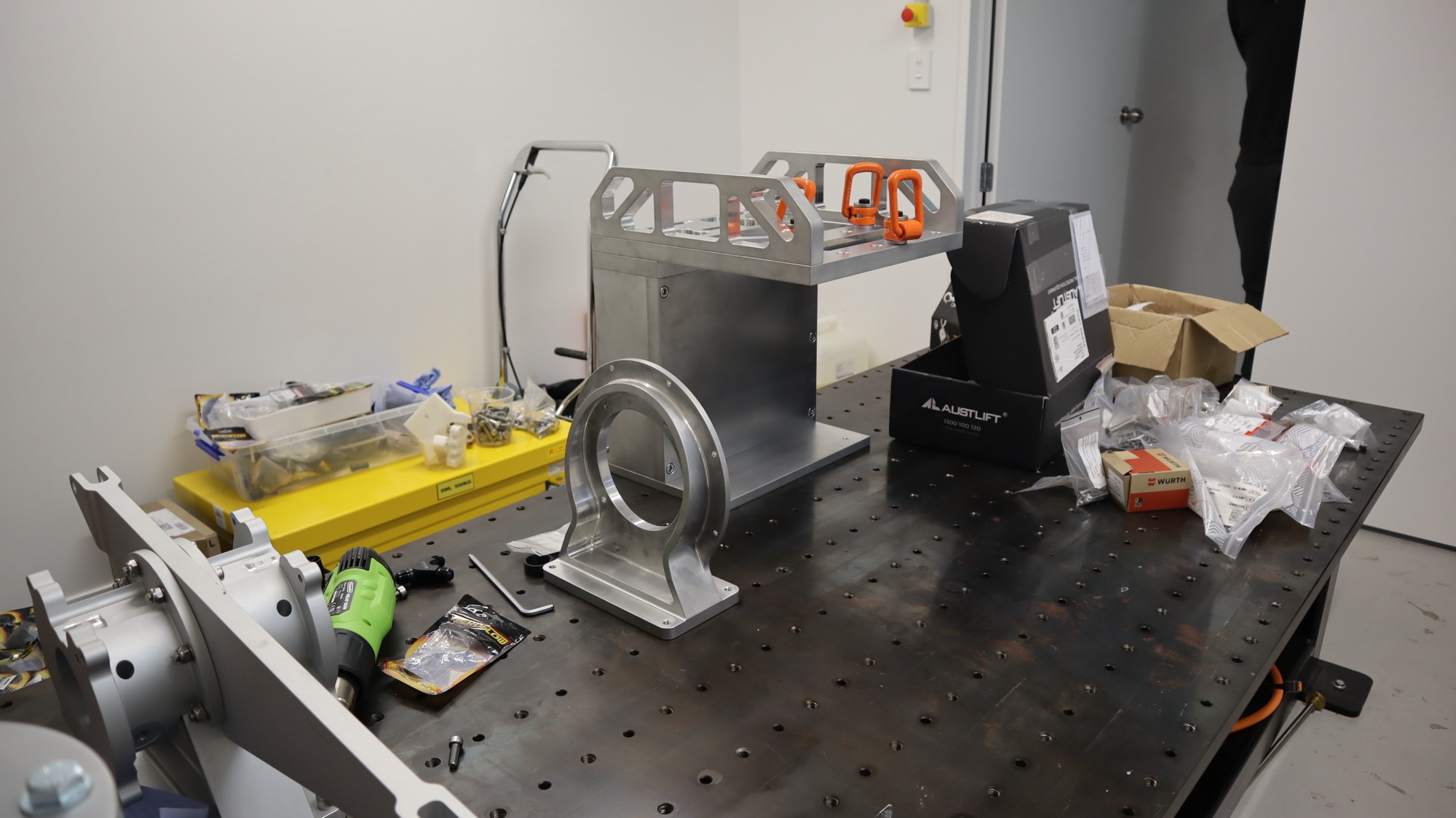 Test harness for new propulsion technologies // Photo credit: Boating New Zealand
Test harness for new propulsion technologies // Photo credit: Boating New Zealand
Meanwhile, the actuators used across the vessel—there are seven in total for rudder, foils and flaps—all share a common design. One actuator model, built in-house, does every job. It’s a clever way to ensure parts availability and simplify the service inventory, especially in remote or developing regions.
Made for more than just marinas
While many electric boats on the market cater to weekend leisure users, Vessev’s design cues come from the demands of commercial operators. That means everything must be easy to inspect, easy to clean, and ideally, fixable with tools you’d find in a rural shed.
“It’s not like a Tesla. It’s more like a tractor,” Laakmann said, proudly showing off a gearbox design with basic oil seals and gears. “You’ve got to make things people can understand and maintain, no matter where they are.”
It’s this thinking that’s guiding the evolution of their production platforms.
Building boats for specific needs
Rather than creating dozens of one-off hulls, Vessev is narrowing in on three main platforms: a 9-metre model (the VS—9), a 12-metre variant that fits within regulatory thresholds, and an 18-metre commercial ferry. The goal is to separate the ‘platform’ (hull, foils, drivetrain) from the ‘payload’ (passenger configuration, enforcement kit, scientific equipment, or even luxury finishes).
This unlocks a world of customisation without adding manufacturing chaos.
From aquaculture vessels and conservation patrol boats to public ferries and high-speed leisure cats, each can be built atop the same base. “It’s all the stuff in the platform that’s hard,” says Laakmann. “The rest is just furniture.”
Scaling up, smartly
With strong interest from the US, UK and Europe—and Fullers already onboard as a launch partner—Vessev is looking toward a distributed production model. That might mean exporting hull moulds overseas, working with licensed builders, or supplying only the foils and computing systems for integration into third-party designs.
The marine world is diverse, and Vessev knows it can’t do everything. But by focusing on the parts it does best—like foil engineering, energy efficiency and marine software—there’s a clear path to scale.
Attention to detail
The factory itself feels like a place where aviation meets boatbuilding. Each part is weighed before installation to maintain balance and calculate final displacement. The foil design is aerodynamically honed. Even the structural cradle designs used to lift the boats are custom-built to match the exact hull shape.
And yes, the team has a ramp leading straight to the Tāmaki Estuary.
What’s next
While a major new propulsion system is being fitted to the July launch vessel (more on that in a separate article), Vessev’s true innovation may lie in how it’s reimagining marine manufacturing. By combining modularity, maintainability, and smart systems into efficient foiling platforms, this Kiwi company is building boats that are not only fast and green—but built to last.












